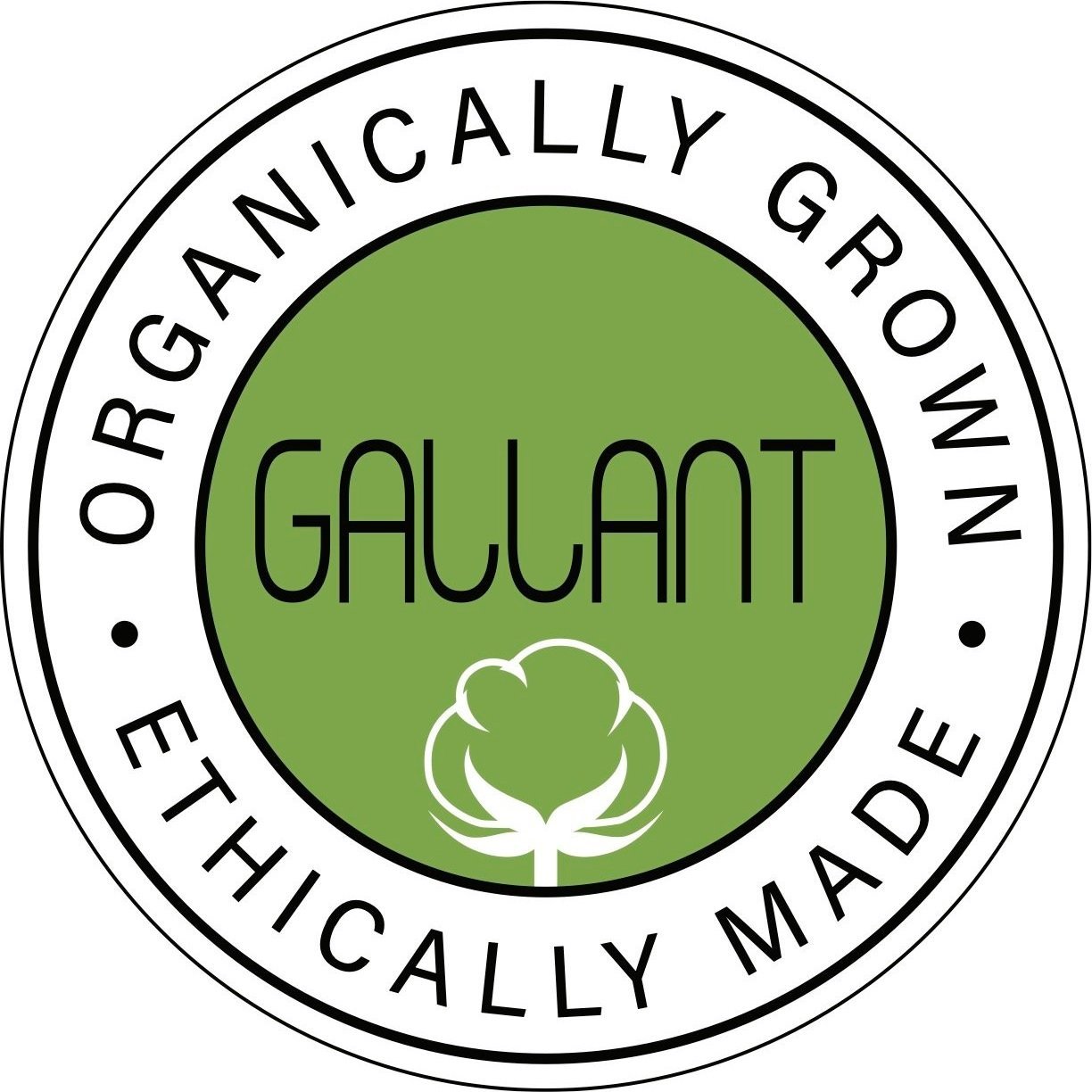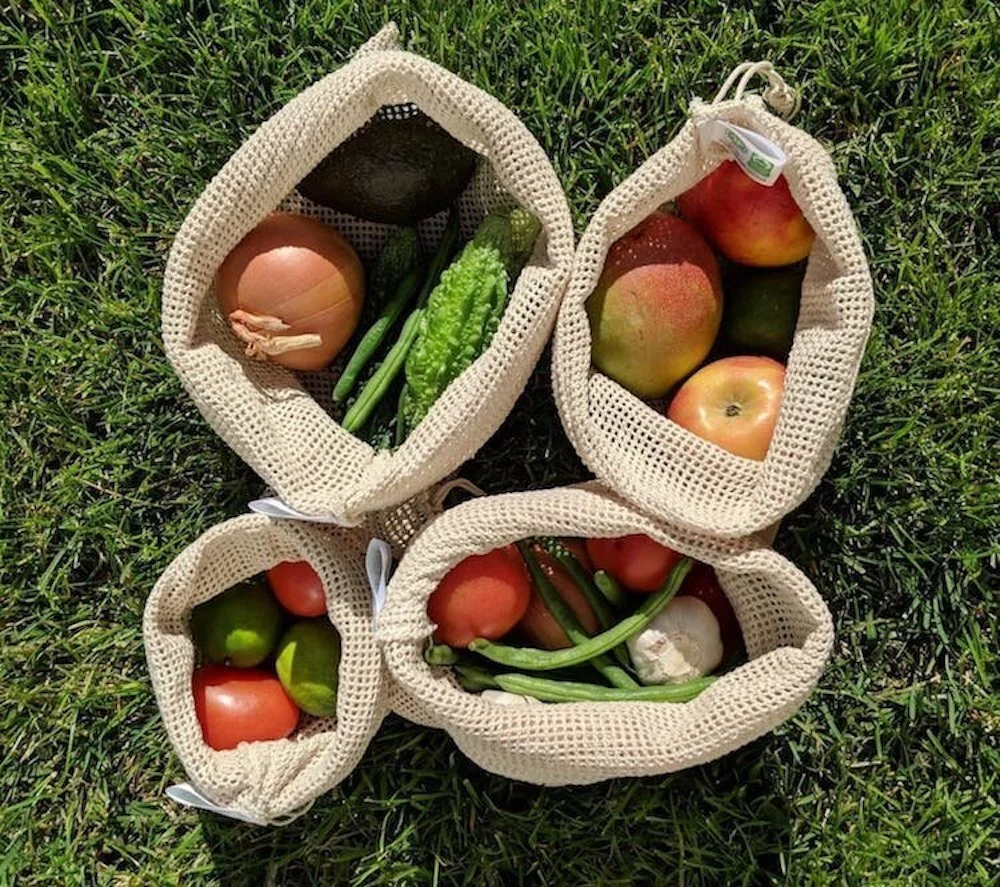How to Eat Locally Sourced Food: Complete Guide 2025
The human population is expected to reach 9.7 billion by 2050 (currently 7.7 billion), increasing food demand. And, to be able to cater to every mouth, the world will need an additional 70-100% food generation. This cannot be accomplished without advancements in technology that enhance agricultural output while reducing the use of harmful, toxic fertilizers. Significant transformation in the way the world farms will be required to meet this remarkable increase in food production. This is where eating locally sourced food comes into play— sustainable food production while also combating climate change.
What is locally sourced food?
Local is defined as anything produced within a 50-100 mile radius, while other definitions may also project it as anything sourced within the country. But, of course, the possibility of eating locally is greater for consumers living in a region with better production capacity. For example, someone living in an agriculturally productive area often has a larger variety of local foods to choose from as compared to those living in places with a poorer farming backdrop.
Why consume locally sourced food?
The conventional approaches to agricultural production are unmistakably ineffective. But we can improve that by embracing ways that can help reshape the existing industry— knowing precisely where the food is coming from and how it is grown. Producers who cause environmental pollution are unlikely to be forthcoming about their practices. Meanwhile, those who have nothing to cover up practice transparency, exposing their exact processes. And these are mostly small, local food farmers transacting in local food markets. More likely to be environmentally conscious themselves, local farmers are knowledgeable and engaged enough about their farms and income to want to decrease the use of synthetic pesticides. Offering the highest quality of food, alongside protecting the natural resources. All of these can help result in a stronger local food economy, an increased supply of healthier food, and a significant reduction of the foodprint.
Here are six tips to help you get started with eating healthier, nutritious local food.
Six Helpful Tips To Eat Locally Sourced Food
Be informed: Learn about the foods that are grown or produced locally and their seasons. A guide platform such as Seasonal Food Guide is excellent to start the list.
Locate nearest farmers' markets: A farmers' market is a wonderful place to meet local farmers and purchase fresh, hearty farm products. Farmers' markets are an integral part of the recovery of local food economies. Aside from access to nutritious food, you will also be contributing to making farming profitable by empowering small, local food producers with premium retail sales opportunities. Aside from farmers' markets, food co-ops or community gardens in your area are other great options.
Start your home garden: What is even better than buying locally sourced food is growing them yourself. Grow vegetables and fruits you love to eat in your backyard for fresh and juicy sun-warmed flavors. You can also raise backyard chickens to enjoy nutritious eggs!
Be careful with food labels: Food labels are not just about nutritional information. It also lets the buyer know the contents of food and where it was grown, processed, and packaged. You can determine better the nutrient values, and also compare them with other similar products. Being aware of what you will be consuming can help you make healthier diet decisions.
Freezing seasonal foods: Fresh foods belong to different seasons. The item you want may not be available during the off-season. What can be done is buying staple favorites during the season, then freezing and storing them. When properly stored, many fresh vegetables and fruits can last for months. USDA has a brilliant guide to preserving specific fruits and vegetables– check it out.
Cut down on processed foods: Say no to supermarket junk and yes to fresh fruits, vegetables, and nuts. Processed food consumes more water and energy to produce as compared to producing whole foods, resulting in a higher eco-footprint. So, instead of buying ready-made snacks, prepare them yourself with fresh ingredients.
Final Thoughts
Our actions and thoughts concerning nature have a direct impact on how we eat. A meaningful relationship with food enables us to identify that eating is one of the most sensual and pleasurable aspects for us to connect with nature's blessings. Meanwhile, succumbing to the modern convenience of processed food or continuing eating habits that degrade nature disconnects us from ourselves and the natural world. Local food empowers us to have a stronger connection with ourselves and the environment because it is often produced with more care for both the ecosystems and biodiversity.
When you eat local, you support small businesses that go above and beyond in terms of social and environmental responsibility!
Related blogs:
5 THINGS YOU CAN DO TO REDUCE WASTE AT THE GROCERY STORE
5 BENEFITS OF EATING LOCALLY GROWN FOOD
MULTIPLE REASONS WHY YOU SHOULD INVEST IN PESTICIDES-FREE PRODUCTS

